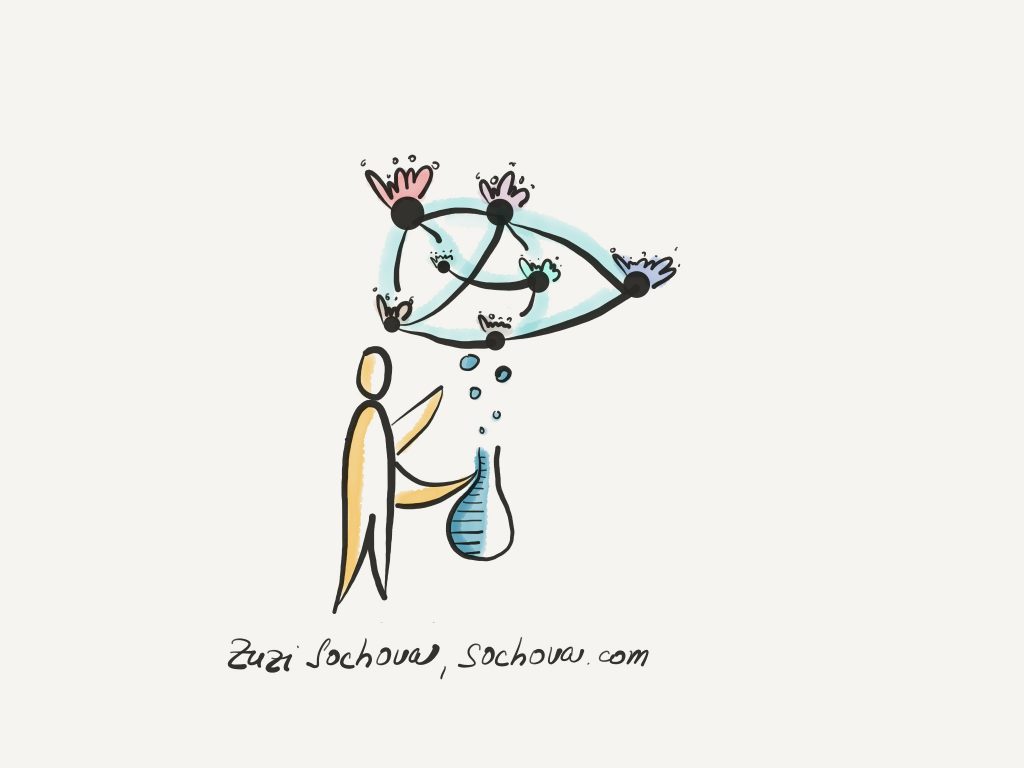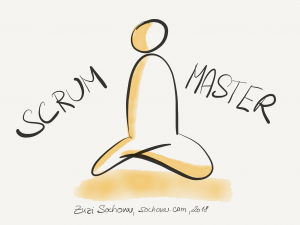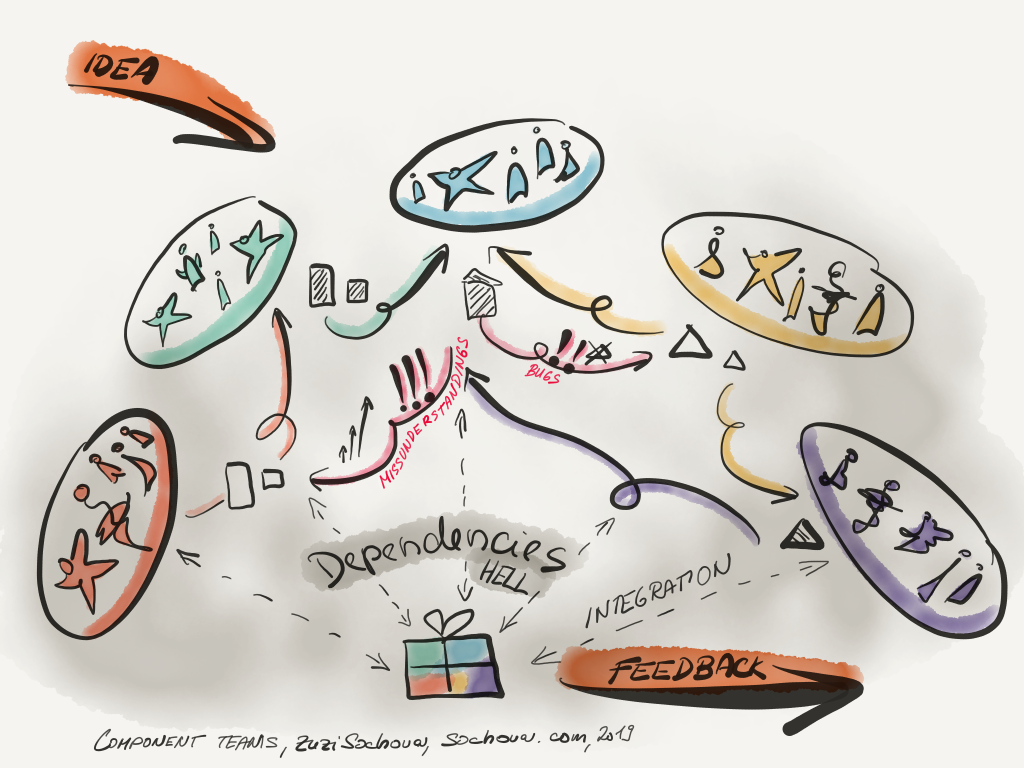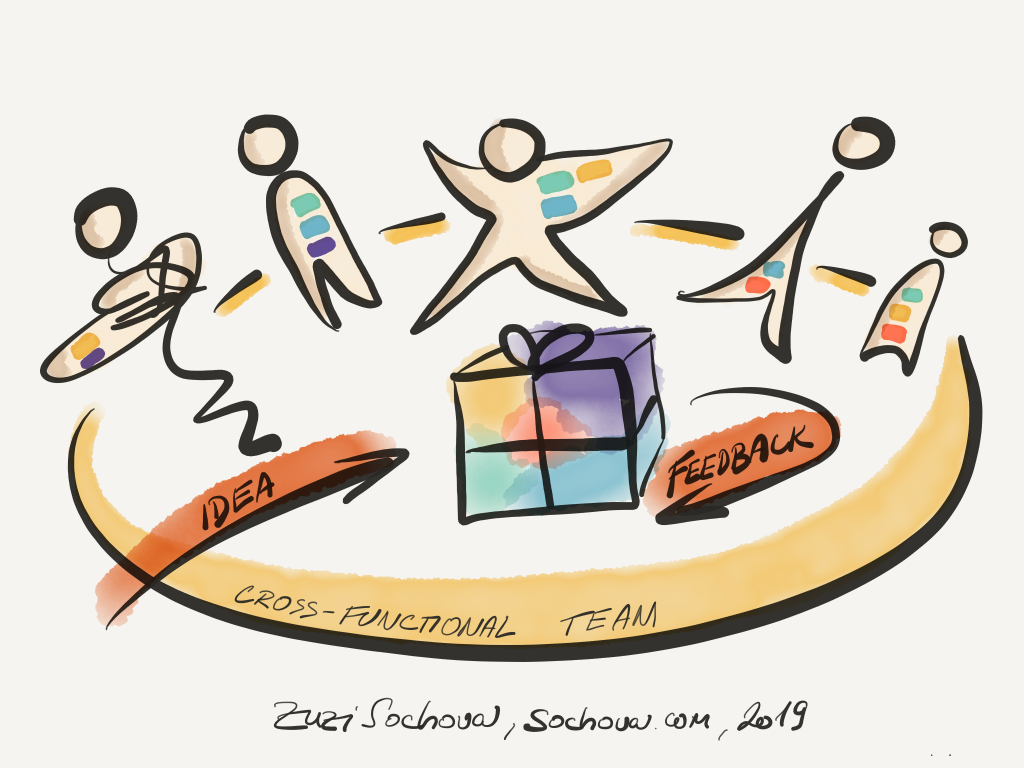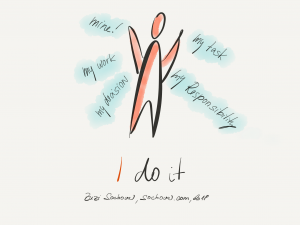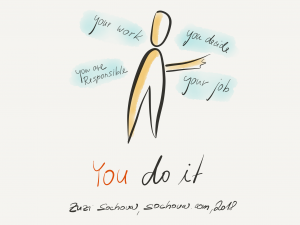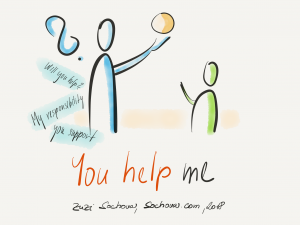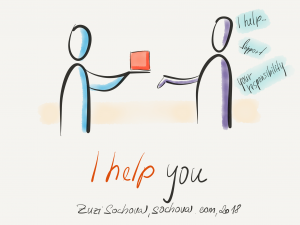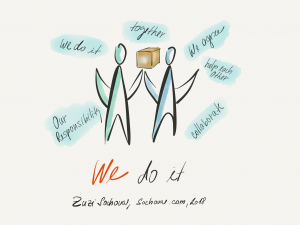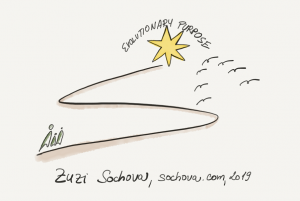It’s very common that people ask me how they shall measure the success of their Agile transformation. It’s a hard question because there is no meaningful metrics unless you know why you decided to start the agile transformation at the first place at all. Agile is not your goal, it’s just a way how to achieve some of your more strategic goals i.e. address complexity better, be more change responsive, shorten time to market, be more flexible, … And once you know why you are starting your agile journey, then those reasons are exactly the metrics you are going to measure at the organizational level. All are business-oriented and value-driven (outcome), so there is no velocity, no story points as those are focusing on output.
If you want to have a fast culture check on how far you have moved towards the agile mindset, you may look into how many experiments the teams are running, what are their actions from the retrospectives, and how they help them to deliver more value, how likely your teams take failure as learning vs. blaming opportunity, how close are they to customers, and how they collaborate vs. work individually or in silos. As a follow-up, you can have a look to your positions (are they rather broad supporting cross-functional teams than detail task-oriented), recruiting (are we hiring for approach and personality over the hard skills), performance review (team-oriented based on peer feedback over the individual), goals and objectives (team-based focused on purpose and outcome over tactical and individual KPIs focused on output), … and I can continue.
Looking to technical practices, you can check how your software teams implemented Extreme Programming practices i.e. Continuous Integration (even one-minute old code is old code), TDD – Test Driven Development (and overall attest automation), if they use pair programming or mob-programming to collaborate, having strong Definition of Done, focusing on one story at a time, and are ready for Continuous Delivery.
All over Agile is about team collaboration, customer-centered value-driven way of working, and short feedback loops. The rest are just practices, processes, and tools which might support your journey or not. The most important is not what exactly you are measuring, but what you are going to change based on that metric. If the metrics is helping you to improve and change your way of working, it’s a good metric. Measuring something just so you have it, or so you can draw a chart is a waste of your time.


